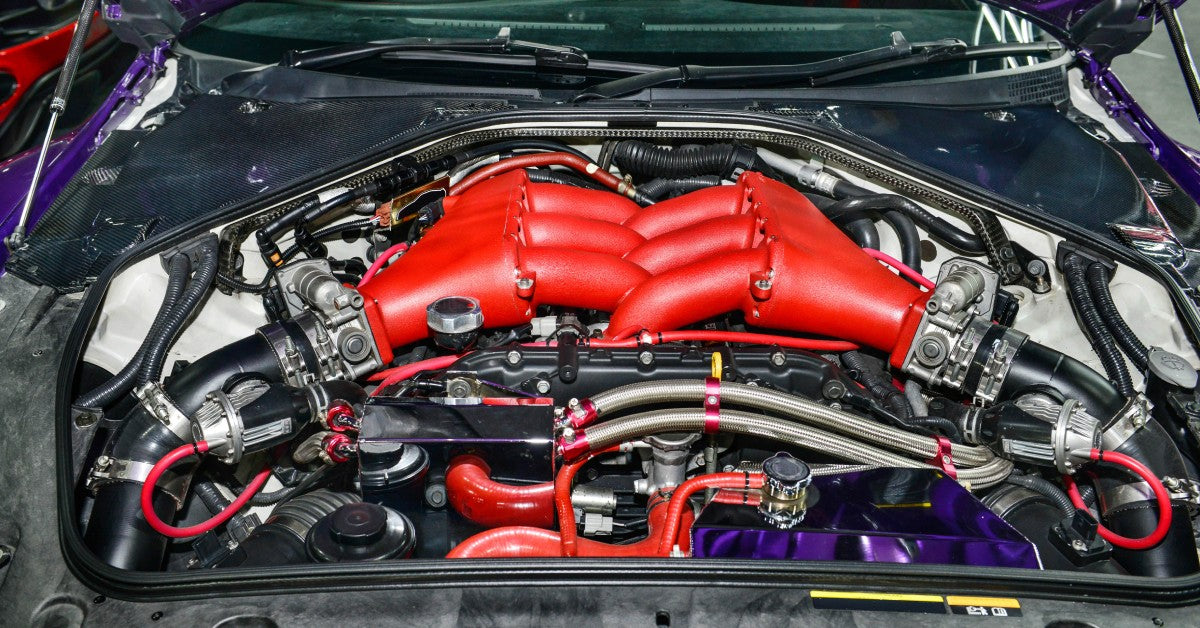
Major automakers have reported a slump in sales for the fourth consecutive month after a record-setting year in 2016. Optimism is mixed as many analysts are expecting, or at least hoping for a stronger finish to the year. Some manufacturers are blaming the drop in numbers on a massive shift in consumer preference from traditional passenger-car sedans to larger pickup trucks, crossovers and SUVs. Industry experts had been expecting a downward turn after hitting a record seventeen and a half million new vehicles sold last year.
In part, the slumping auto market is believed to have been affected by a gradual rise in interest rates for both new and used vehicles. After nearly a decade of low rates, interest rates are above 5% for the first time in seven years. This has caused an inventory buildup for new inventory, especially the traditional sedan. Collective sales amongst carmakers selling vehicles in the United States had been above 17 million units annually. However, the seasonal adjustments for more accurate forecasts by top industry consultants have 2017 projections closer to annualized sales of 16.5 million units.
No one seems to have been exempt with Ford, General Motors, Fiat Chrysler, Toyota, Honda and Nissan all expecting worse drops than had been expected for this year's slowdown. Virtually all automakers had to increase incentives and discounts to move vehicles that were stuck in inventory. These savings do however come after months of increases to the average price of vehicles. Conversely, with the slowdown of new inventory sales, there is a glut of nearly new vehicles being stockpiled on used car lots.
What manufacturers may have to accept is the fact that the market has become somewhat saturated with new or nearly new vehicles. For consumers, the real danger lies in number of owners that are exposed to being upside down on their car loan due to an average car loan length of 69.3 months in June of 2017. A decade ago, the average car loan was about 48 months in length. Today, nearly 20 percent of automotive loans are for 73-month to 84-month terms.







